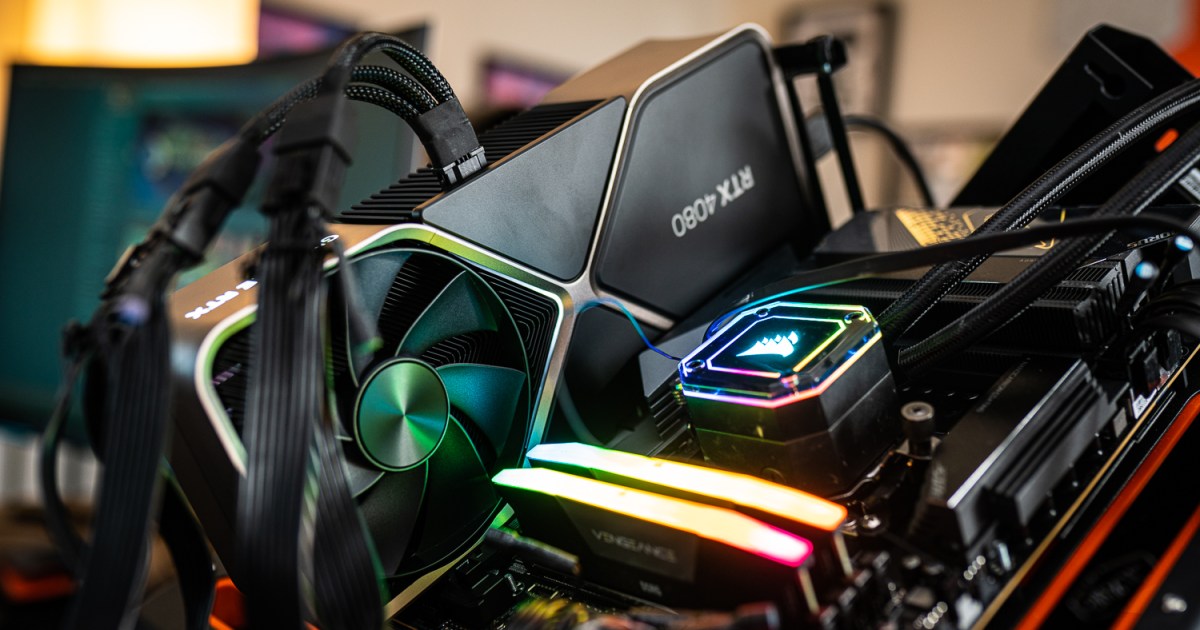Originally posted by birdie
View Post
I can honestly live with anything else, but I'm still not paying that kind of money for a video card.



Comment